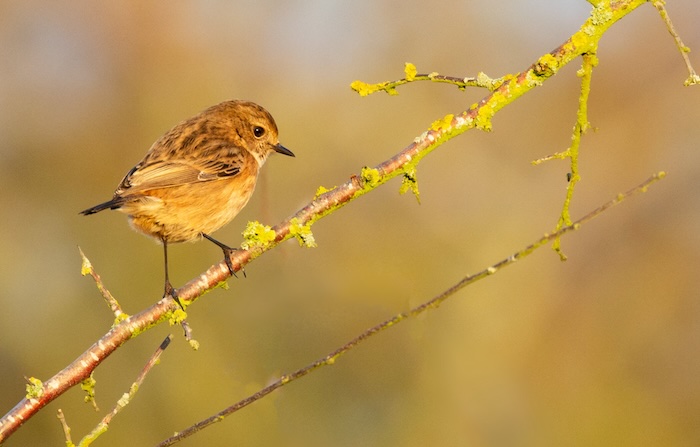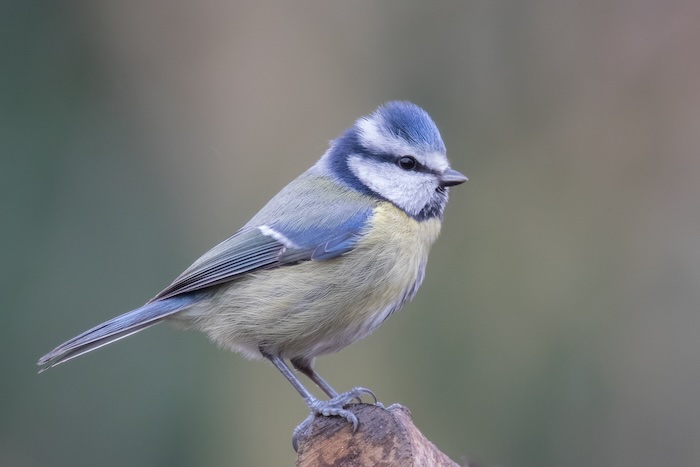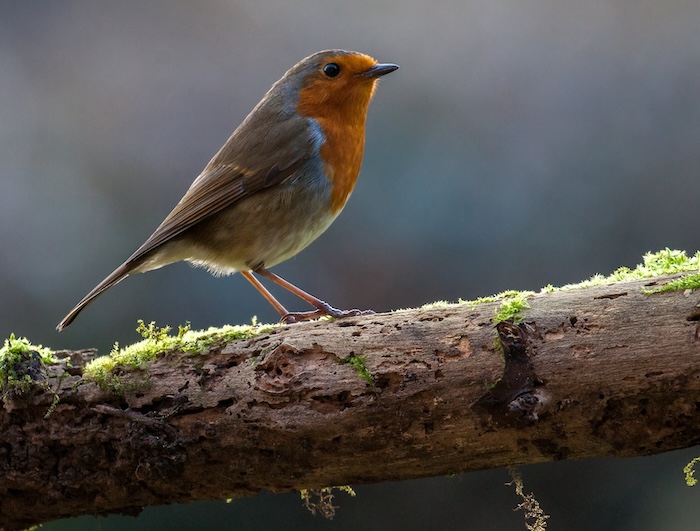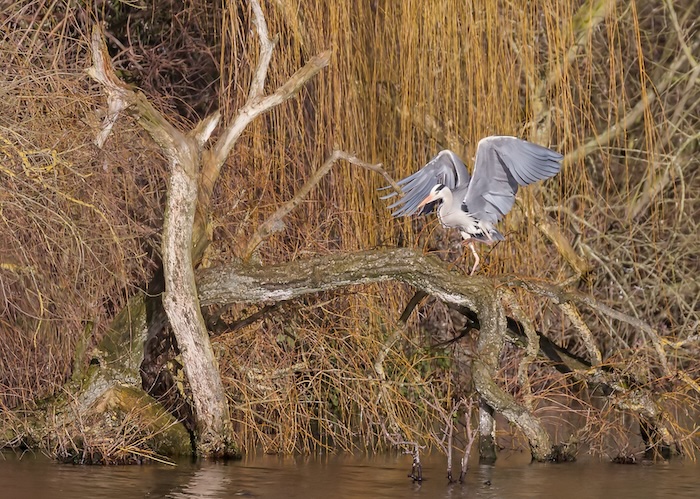- Home
- Photography
- Wildlife Photography Tips for Beginners
Wildlife photography tips for beginners
Before raising your camera to capture the beauty of wildlife, take a moment to simply observe.
Find a comfortable vantage point and scan your surroundings, allowing your senses to absorb the sights, sounds, and scents of the natural world. In doing so, you become a part of it, rather than just a passive observer.
The longer you look the more you will see. Your eyes will become attuned to the subtle movements indicating life is present, even when it seems there is none.
The slightest change in the texture of the landscape, can betray the presence of creatures that might otherwise remain invisible. Wildlife is very good at camouflaging itself.
Studying animal behaviour helps you predict their movements and anticipate photo opportunities. For instance, recognising a bird's pre-flight cues lets you capture stunning takeoff shots.
Understand your subject
Observing the wildlife leads us to the importance of researching and understanding their habits, and habitats and peak activity times.
Specifically, many birds are most active during the early morning or late afternoon, when the light is soft and golden. This phenomenon is often referred to as the golden hour, and it's a time you will come to love as a wildlife photographer.
Knowing both when and where to find the wildlife you wish to photograph can significantly increase your chances of capturing that perfect shot.
Keeping a nature journal or diary can be incredibly valuable in this regard.
Take notes on your observations, sketch the scenes around you, and jot down your thoughts and feelings about your experiences. This practice deepens your engagement with the environment and enriches your understanding of the wildlife you encounter.
By noting when great crested grebes build their nests, you can plan to return the following year and capture their intricate courtship rituals or tender parental moments.
The Magic of Lighting in Wildlife Photography
Lighting is one of the most important elements in wildlife photography. It can make or break an image, so always be aware of the light and how it is changing throughout the day.
By understanding and working with light, you will be capturing images that are not only technically sound but also emotionally resonant.
The golden hour
 A stonechat captured during the golden hour
A stonechat captured during the golden hourThe golden hour, which occurs during the early morning and late afternoon, is a time of soft, warm light that is ideal for wildlife photography.
This gentle light also casts long shadows that add depth to your images.
We have a page on the site all about golden hour photography.
Why avoid midday sun?
Shooting during the middle of the day can be challenging due to the harsh sun, which creates unflattering shadows and overexposed highlights, resulting in flat, two-dimensional images.
Additionally, the intense sun can make your subjects uncomfortable, causing them to seek shade or become restless.
Overcast Skies: A Hidden Gem
 Overcast days offer soft even lighting
Overcast days offer soft even lightingOvercast skies offer a soft, diffused light that's perfect for capturing details and textures, especially when photographing birds.
This gentle light reduces harsh shadows and highlights, while also adding a moody atmosphere that brings drama and emotion to your images.
Backlight: A Creative Option
 The feathers around the edges of this robin are picked out by the backlighting
The feathers around the edges of this robin are picked out by the backlightingBacklight, which occurs when the sun is behind your subject, can create a beautiful rim of light around their edges.
This type of light is particularly useful for capturing the texture and detail of feathers, fur, or other natural materials like the moss in the photo above.
Tips for exposing backlit photos
Focus on composition
Think about the composition of your photographs.
The rule of thirds is a helpful guideline: imagine your frame divided into three equal parts, both horizontally and vertically. Place your subject along these lines or at their intersections to create a more balanced and engaging image.
Also, be mindful of the background - a cluttered one can distract from your subject. Moving a few inches might eliminate such distractions entirely, as long as you notice they are there before clicking the shutter button.
Incorporating foreground elements can add to the layering effect in a photograph, even if you blur them out by using a wide aperture.
You can learn about apertures on the camera settings page.
Vary your shots
 This heron photo shows the habitat around the bird
This heron photo shows the habitat around the birdCompelling wildlife photos aren't exclusive to professionals with long lenses.
Capturing animals in their natural habitat reveals behaviour and interactions, while a macro lens uncovers intricate details that often go unnoticed.
A diverse portfolio featuring both habitat and close-up shots showcases your versatility and tells a more complete story of the natural world.
Be patient and respectful
Wildlife photography often requires immense patience. Animals may take time to appear, and their movements can be unpredictable.
Stay quiet and still, allowing the wildlife to become accustomed to your presence.
Always prioritise the well-being of the animals; never disturb their natural behaviours for the sake of a photograph.
Don’t destroy their habitats or disrupt their environment, as this can cause long-lasting harm to the very creatures you're trying to capture.
Enjoy the journey
Wildlife photography is about more than just the final image - it's about the journey, the moments you experience in nature, and the lessons you learn along the way. Celebrate small successes and enjoy the process of discovery.
As you start your wildlife photography journey, let curiosity and wonder be your guides. Each shutter click is a chance to capture a unique moment, revealing the intricate beauty of the natural world.

About the Author
For me, it’s never been just about bird names or camera settings, but the thrill of seeing a distant speck turn into a hunting kestrel.
After years of learning how to notice and photograph those moments, my camera has become the tool - and this site the field notebook - where I share what I’ve discovered.
If you’re ready to look a little closer, you’ll find the trips, lessons, and small wins that can help you see and photograph the wildlife right on your doorstep.
Step Behind the Wild Lens
If you’ve enjoyed your time here, you can also follow along by email.
I send the Wild Lens newsletter occasionally. It’s where I share:
- Fresh field notes and recent encounters
- The stories behind favourite photos
- Practical tips that don’t always make it onto the site
You’ll get new UK wildlife guides, photo tips, and ideas for your next walk, straight to your inbox.














